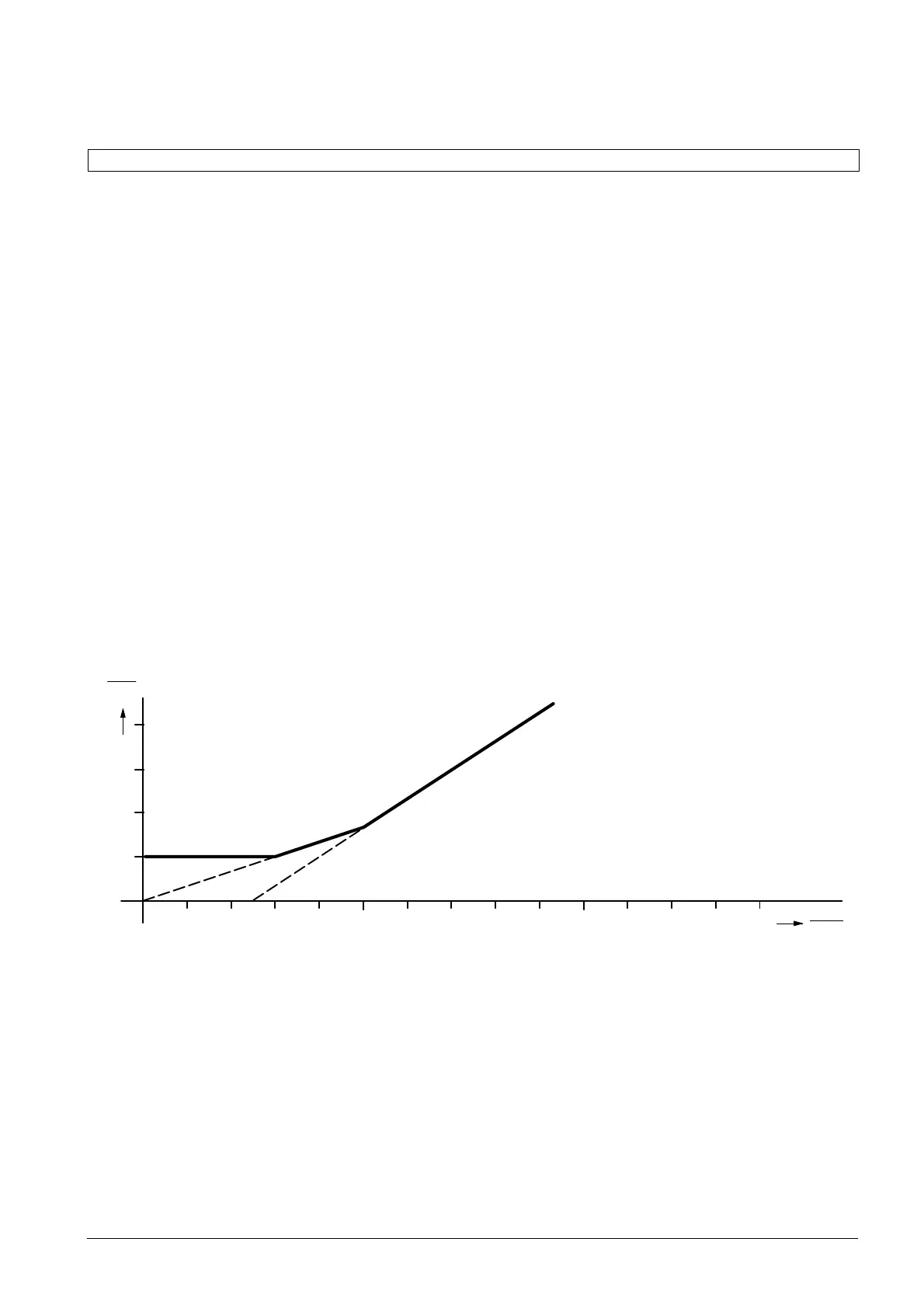' $ ! $!& #$"&&"! Ċ (%& !' $$ !"
6 - 11
Siemens AG ⋅ January 1999
is the pick-up threshold for
the differential current. This is the total current meaĆ
sured during a short-circuit in the protected zone,
irrespective of its distribution on the respective line
ends. The operating value is related to the rated line
current set under (see section 6.3.3).
An upper threshold value for the setting is given by
consideration of the smallest currents which may ocĆ
cur for the different types of short-circuit and the reĆ
spective sensitivity of the selected type of connecĆ
tion.
The lower limit of the permissible setting range is deĆ
termined by the constant differences between the
secondary currents of the summation transformer
arising during unfaulted operation with load and charĆ
ging currents. These differences are based on capaciĆ
tive primary currents in the protected zone. Large caĆ
pacitive currents, which may endanger the stability of
the protection, practically only occur in cables. CurĆ
rent differences (i.e. apparent fault currents) may ocĆ
cur on the secondary side of the summation transforĆ
mers due to charging currents of the cables.
To allow for the even higher capacitive currents during
transients, a larger current setting must be applied.
From experience, a setting value for the lower limit,
with normal sensitivity connection of the summation
transformers (Figure 5.4), should be approximately
equal to five times the steady state charging current
flowing in each conductor of the unfaulted system. In
circuits with an even higher earth-fault sensitivity, the
limit of the lower setting range must be increased
accordingly. Summation CT circuits with reduced
earth-fault sensitivity reduce the limit especially in
earthed networks. In this case, the setting from apĆ
prox. 4 times the charging current of every conductor
is sufficient.
I
stab
I
NLn
I
diff
I
NLn
1
2
3
1523 4
fixed
6 7 8 9 10 11 12 13 14
b
a
2.5
fixed
Slope
2
/
3
Parameter
10-DIF>
The trip characteristic consists of two other segments
(a and b) (Figure 6.3).
Segment "a" (the origin is the zero point) takes curĆ
rent-proportional error currents into account. These
are mainly the transformation errors of the main curĆ
rent transformers and the summation transformers
below the saturation level.
Segment "b" leads to a higher stabilization in the
range of higher currents at which current transformer
saturation may occur. Its origin is at 2.5 times the raĆ
ted current of the line.
